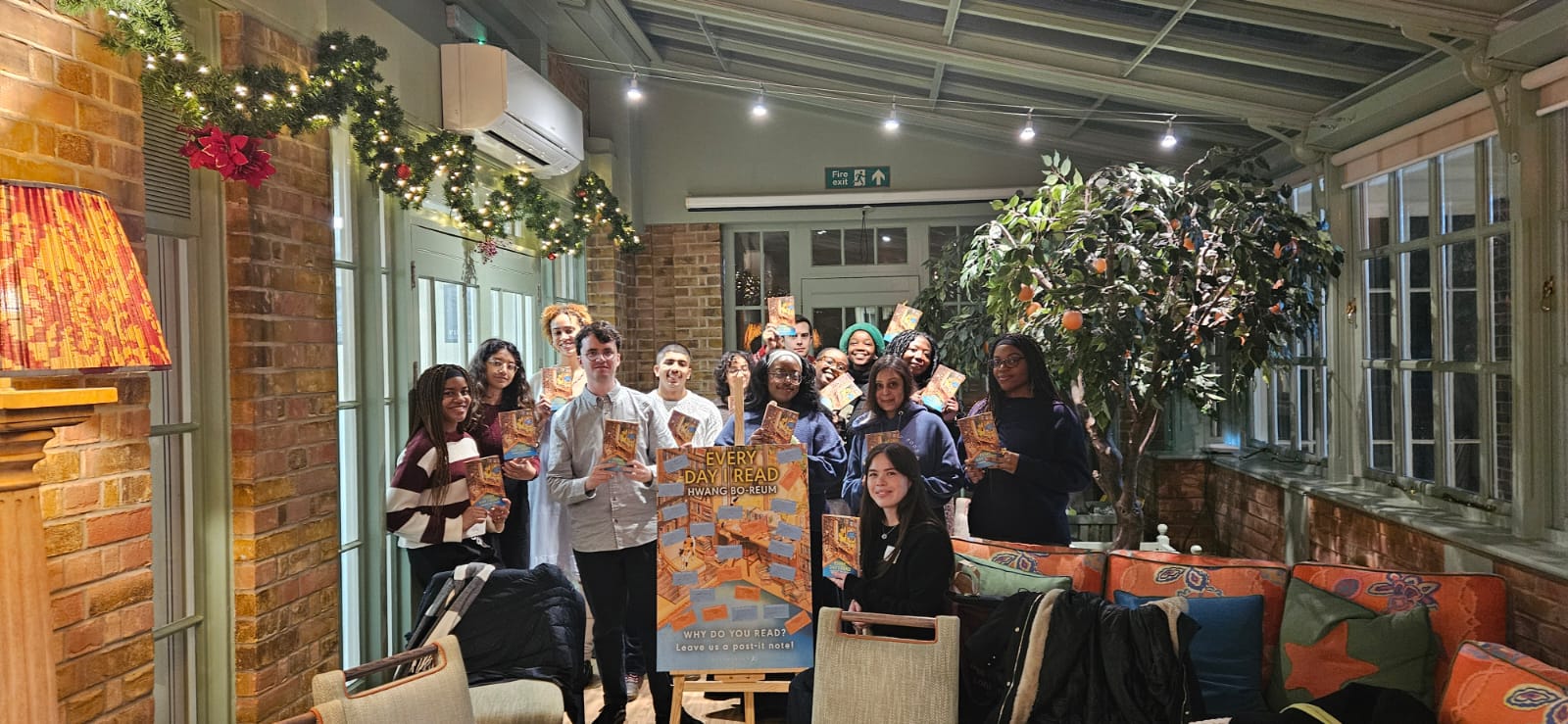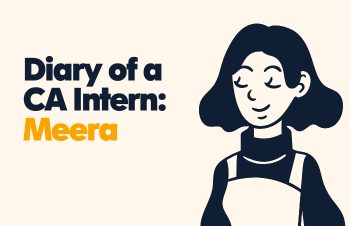A few weeks ago, Creative Access CEO, Josie Dobrin attended an Unconscious Bias Workshop at the Publishers Association. In this blog piece, Josie talks about how stereotypes are formed…
We are all products of our upbringing. Our friends, families, education and religion are all important elements in defining who we are. As are our age, where we grew up and the things we see on advertising billboards, watch on TV and read in books, magazines and on the internet.
All these factors play a part in determining the decisions that we make. They also affect how we interact and communicate with people.
There is a growing body of research which demonstrate that unconscious, or hidden, bias explain a great deal of our behaviour. This phenomenon is a relatively new one; the point at which neuroscience meets equality and diversity.
Just 5% of your brain is responsible for your conscious thought. The remainder is divided into physiological brain function (about 25%) and unconscious thinking (about 70%).
This means that the majority of your brain is wired to produce automatic and rapid responses. We all have them and no matter how liberal and progressive we believe ourselves to be, our behaviour will be affected by the way we’ve been brought up and the environment in which we live.

If you really want a window into you innermost mind, you can complete (for free) a Harvard Implicit Association Test which may well elicit some surprising results. The idea is to measure the attitudes and beliefs that you may be unwilling, or unable, to report. For example, you may think that women and men should be equally proficient at science, but your automatic associations could show that you (like many others) associate men with science more than women.
There has been extensive research into how unconscious bias affects the workplace. A recent McKinsey report showed that companies in the top quartile for racial and ethnic diversity are 35 percent more likely to have financial returns above their respective national industry median.
In the creative industries this is even more important because the content created – advertising campaigns, plays, TV shows, books etc – need to appeal to the widest audiences possible in order for the sector to thrive.
But what can we actually do about this? Removing personal data from application forms and CVs, such as name, gender and education can help. The Rooth report back in 2008 randomly assigned candidates with identical skills an Arab-Muslim or Swedish-sounding name. It was found that applications with a Swedish-sounding name received fifty percent more call-backs for a job interview.
Here at Creative Access we strive to give our candidates the best opportunities they can possibly have. Accountability makes a big difference, so we always urge our media partners to make sure they interview in groups or with panels to reduce individual bias.
We also need to encourage our brains to not always listen to the messages with which we’ve been raised. Using counter-stereotypical images as stimuli can have a big impact on this. Every member of the Creative Access team was set the challenge of finding two images which challenged common stereotypes. This has been an inspiring exercise for us all so we wanted to share them with you. Enjoy…




